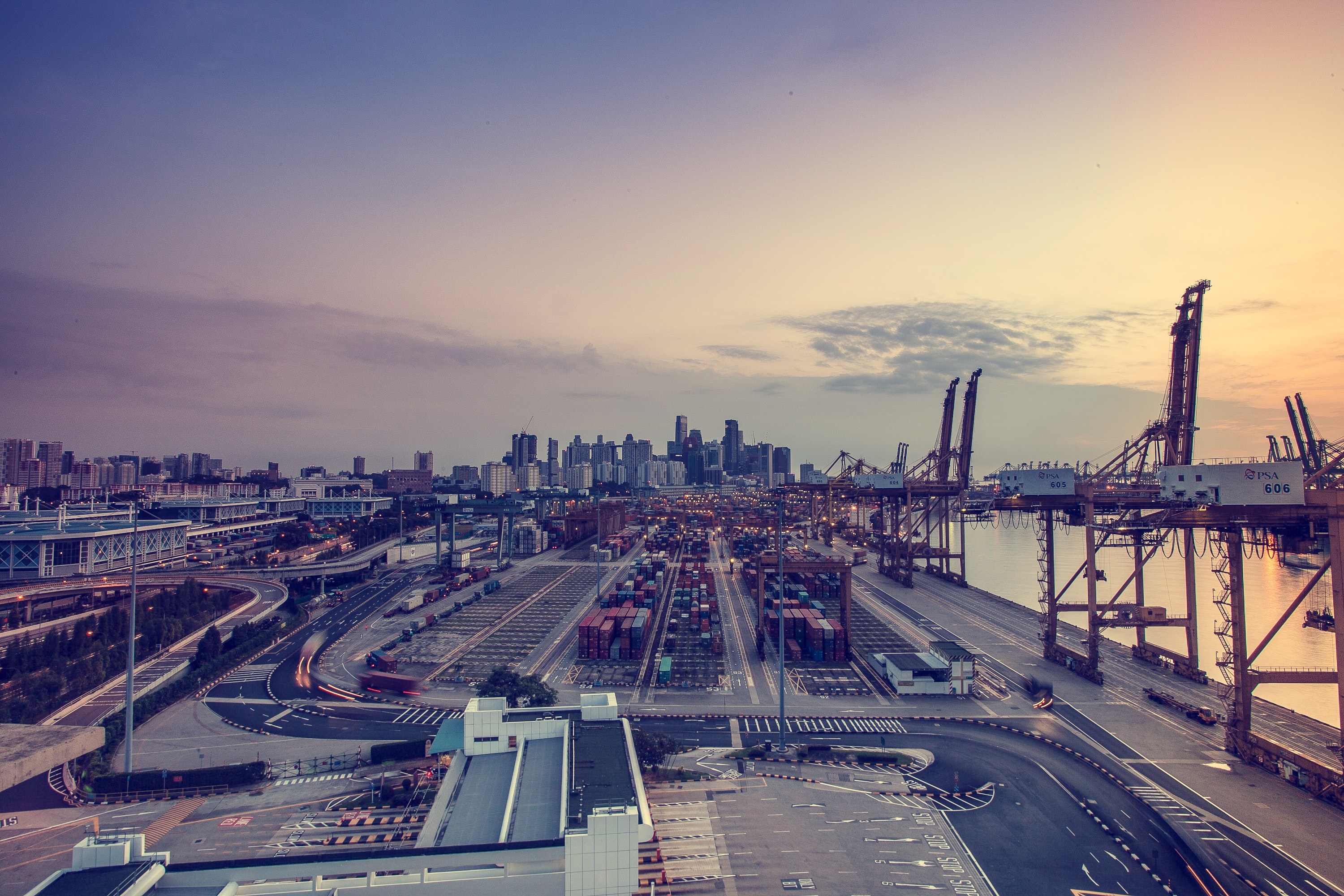How to Choose the Best Location for Your Industrial Property Investment
Everyone knows that in real estate, it’s ‘location, location, location’, but what else? When it comes to commercial property investments, there are a lot of other factors that go into play that makes one location better than another. Should you choose to purchase industrial property, you have to decide whether or not to locate in your headquarter city or to move your operations to a more economically attractive city.
The Best Location Depends on the Industry
Generally speaking, industrial real estate is located in what are considered bad locations: heavily industrialized areas, often rundown areas, high traffic areas (or too far away in no man’s land), and noisy locations.
Homeowners do not want to be situated near airports, freeways, or railroad tracks. But for industrial property, those railroad tracks could become part of your multimodal distribution network. Flight paths mean you are closer to a hub that can make last minute shipments easier.
Clearly “the best location” depends on the type of property you are investing in. Though industrial property investors aren’t turned off by high traffic, zoning issues are the biggest problem, especially when searching for industrial property to be revamped for mixed-use – being next to a railway is one thing, being located near a power plant is another.
What to Look for when Locating Industrial Property for Investment
Industrial is a hot ticket item these days, particularly warehouses and distribution centers. The first step in choosing the best location for your industrial property investment is to know what your motivation is – as actors say. Are you going to use this property for industrial use or are you thinking outside of the box.
As stated before, zoning laws will either help or hinder that decision. From there, there are other factors that can be applied to choosing the best location for industrial properties across the board.
#1: For Retailers, Look to the Cities
E-commerce will continue here and abroad for the foreseeable future. More and more that means keeping industrial assets located within city limits for easier local distribution and delivery.
#2: Remember to Choose Properties with Low Operating and Investment Costs
Industrial properties, though often large, are actually cheaper than commercial properties of comparable size. You can find excellent industrial for very little costs to upgrade and maintain which increases ROIs.
#3: Consider Choosing Industrial Properties for Tenants Needing Long Term Leases
Long term leases are evaporating in the office sector. In industrial, it is a major goal to invest in the type of industrial properties that will attract tenants that require long term leases like e-commerce distributors.
#4: Look for Flexible Industrial Space
Industrial space is going through ongoing changes in design and layout from size to shape. Today’s investor should look for industrial space that can be rezoned and reused for multiple purposes, staying as flexible as possible to be ready when new changes hit the industry.
#5: Industrial Markets with Low Vacancy Rates Are Best
The economy is slowing but we are still seeing industrial vacancy rates at historic lows, hovering around 5%. Locations with low vacancy rates (typically port cities) are ideal locations for industrial property investment. California has one of the lowest vacancy rates (just over 1% in LA) and so do New Jersey, Seattle, and Atlanta.


